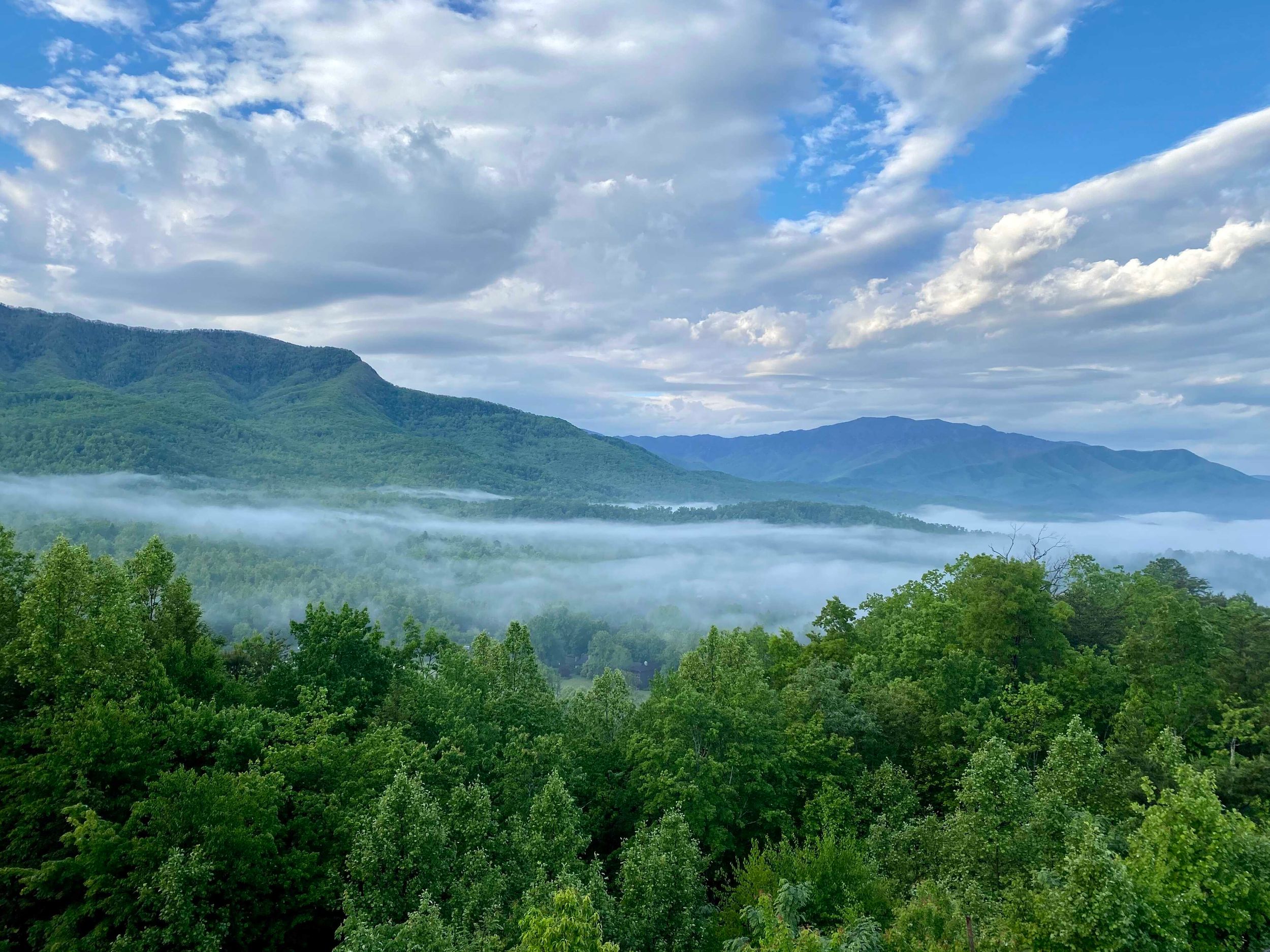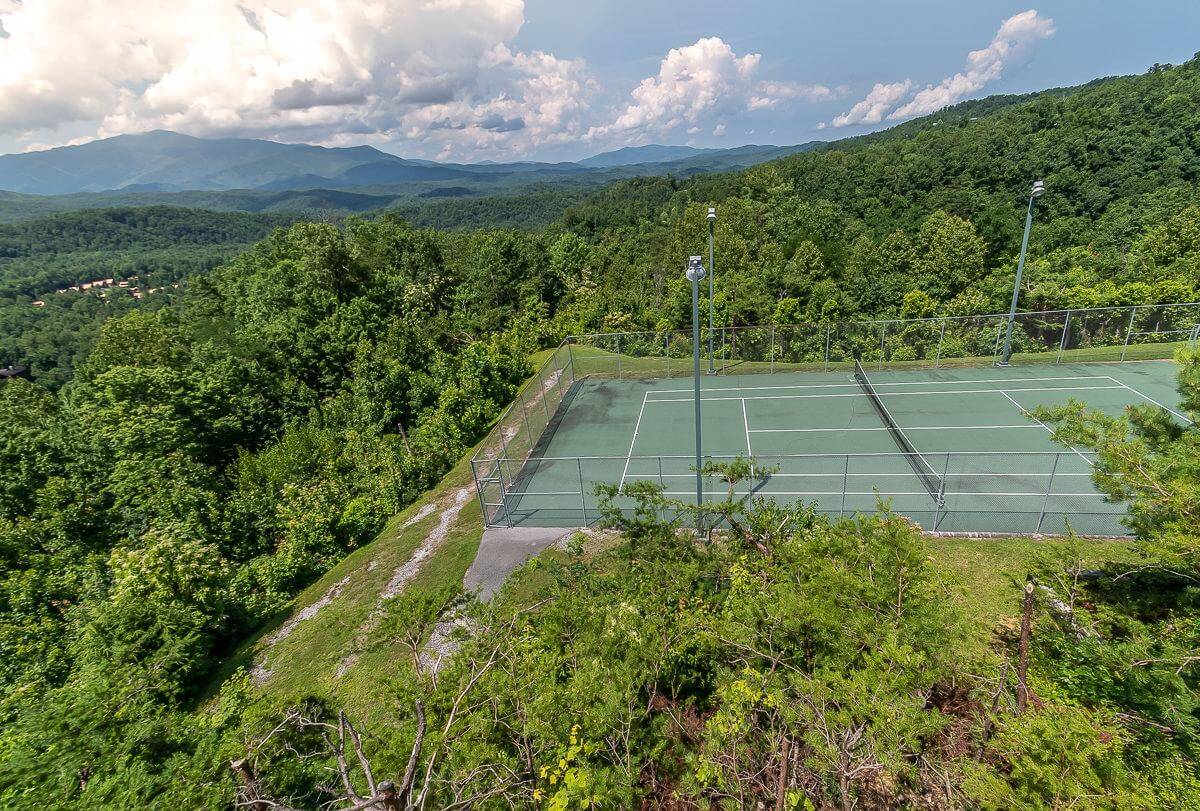Located on the border of North Carolina and Tennessee, the Great Smoky Mountains are America’s most-visited national park for good reason. But while the majority of tourists flock to the hiking trails, viewpoints, and historic sites during summer and fall, you can beat the crowds and see some unforgettable sights in the Smoky Mountains in spring.
With mild temperatures, wildflowers blooming all over the park, and much more, spring is an excellent time to visit the Smokies. But if you need any more reason to plan a trip, we’re sharing a traveler’s guide to spring in the Smoky Mountains. That way, you’ll have the inside scoop on all the best things to see and do here long before you arrive.
If you want to visit the Smokies during the spring, don’t forget to book your stay with Prestige Vacation Rentals. Our clean and comfortable rental cabins, located right outside the park’s entrance in Cosby and Gatlinburg, Tennessee, will serve as the perfect base camp for all your adventures in the Smoky Mountains.
Getting to the Great Smoky Mountains
Driving
Great Smoky Mountains National Park is located near several major highways, including I-40 and I-75. If you’re flying to Great Smoky Mountains National Park, the nearest airport is the McGhee Tyson Airport in Alcoa, just south of Knoxville and less than 30 miles from the park’s Townsend entrance.
Flying
However, you can also fly into the Asheville Regional Airport (42 miles from the park), Atlanta’s Hartsfield-Jackson International Airport (nearly 200 miles from the park), or the Charlotte Douglas International Airport (145 miles from the park).
Shuttles
Once you arrive at the airport, you’ll most likely want to rent a car. Though some private companies provide shuttle services in the Smoky Mountains for a fee, public transportation and rideshare options are extremely limited in the area.
Rental Car
Having a car rental will allow you to get to and around the park since destinations are spread out across more than 500,000 acres. You’ll need to do a fair amount of driving if you want to see and experience as much as possible.
Parking Tag
You won’t need to pay typical national park fees to enter the Smokies. But a low-cost parking tag is required ($5 per car per day; weekly and annual options available) to park your car for more than 15 minutes within Great Smoky Mountains National Park.
Why You Should Visit the Smoky Mountains in Spring
Great Weather
Though the Smokies can be chilly in March, the weather tends to be fairly balmy during the months of April and May. Temperatures typically fall between lows in the 30s and highs in the 60s and 70s, without the sweltering humidity (and bugs) of summertime visits.
Fewer Crowds
Additionally, the Smoky Mountains are often much less crowded in the spring than in the summer and fall. The most popular season by far, summer sees millions of tourists coming to hike, visit overlooks, and take a dip in the streams.
During fall, meanwhile, the park receives an abundance of “leaf peepers” who want to catch a glimpse of the Smokies’ spectacular autumn foliage.
Wildflower Season
The park puts on a different kind of show during spring. As temperatures warm, wildflowers start to appear throughout the Smokies. The streams and creeks also fill with rainfall and snowmelt, making spring an excellent time to see some of the most famous waterfalls in the Smoky Mountains. So, for one-of-a-kind sights and experiences in great weather with few crowds, you can’t beat spring.
What to Do in the Smoky Mountains in Spring
The Smoky Mountains feature dozens of different springtime activities. If you use your time here wisely, you can cover many of the outdoor adventures Great Smoky Mountains National Park offers in one action-packed trip.
With longer, warmer days at hand, there’s no telling what you might find here during the spring.
Visit Cades Cove
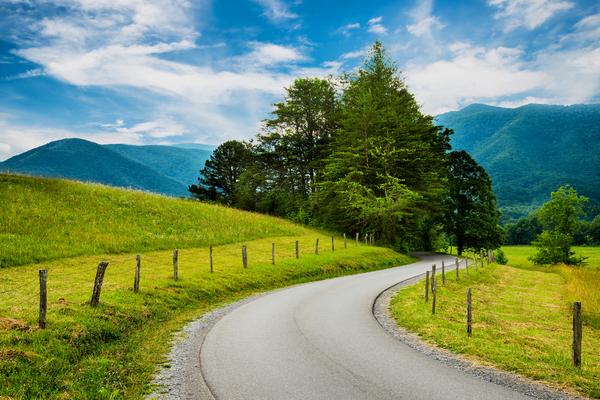
Photo Credit: Rob Hainer
One of the most popular attractions in the park, Cades Cove, is a lush valley accessed by an 11-mile loop road.
You can drive the Cades Cove Loop all year round, but on Wednesdays from May through September, the road is closed to vehicular traffic, allowing visitors to explore the area via bicycle or on foot.
During your visit to Cades Cove, you can see historic buildings preserved from the 1800s, eat a picnic lunch, and maybe even catch a glimpse of wildlife like black bears and turkeys.
Take a hike
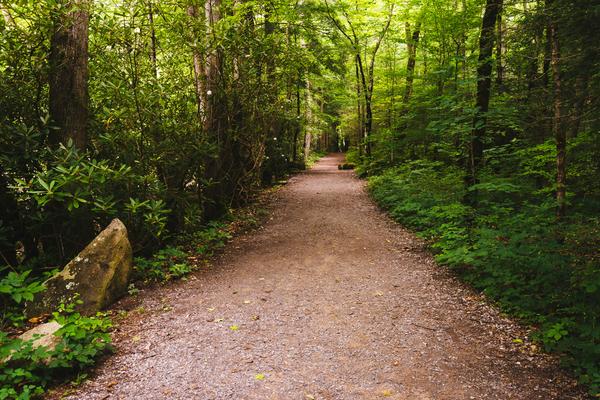
Photo Credit: Jon Bilous
Hiking trails abound throughout the Smokies, and you could spend countless hours exploring the nooks and crannies of the park on foot.
The Appalachian Trail winds through Great Smoky Mountains National Park for about 70 miles en route to Maine, and the strenuous hike up Mount LeConte culminates in one of the best sunset-viewing areas in the park.
Shorter, more relaxed day hikes include the Little River Trail, the Elkmont Nature Trail, and the Gatlinburg Trail, to name just a few, but there are nearly countless hikes in this stunning national park.
Join the Spring Wildflower Pilgrimage
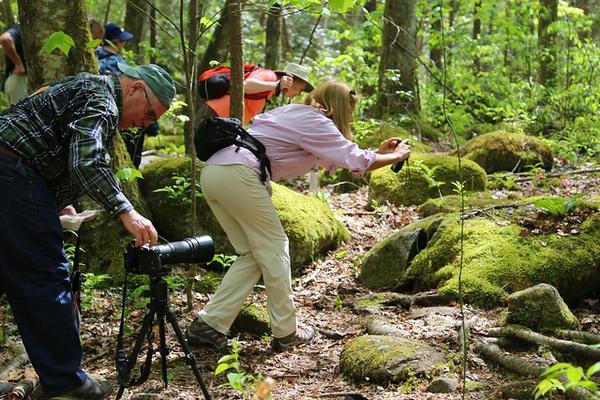
Photo Credit: JR P via Flickr CC 2.0
This time of year in the Smokies is the perfect time to join the Spring Wildflower Pilgrimage, which includes professionally guided walks, exhibits, and other learning opportunities to explore the region’s rich natural and cultural resources.
The season brings out an abundance of colorful yet delicate flowering plants that can’t be seen here at any other time of year. Take a scenic drive and keep an eye out for columbines, trilliums, mountain laurels, violets, bright yellow trout lilies, and more.
Even the trees blossom in spring, so you could be treated to a show of ivory dogwood flowers or pale pink laurel blooms during your time in the Smokies.
Climb Clingmans Dome
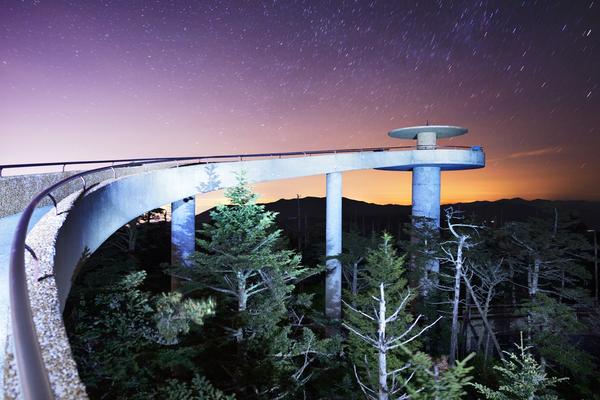
Photo Credit: Sean Pavone
Crowned with an iconic observation tower, the 6,643-foot-tall summit of Clingmans Dome marks the highest point in the Great Smoky Mountains.
From the open-air deck atop the tower, you can soak up sweeping, panoramic mountain views, which can stretch more than 100 miles on a clear day. Take some time to identify the sights around you and admire the new spring growth, which should be just beginning to appear at the time of your visit.
Chase waterfalls
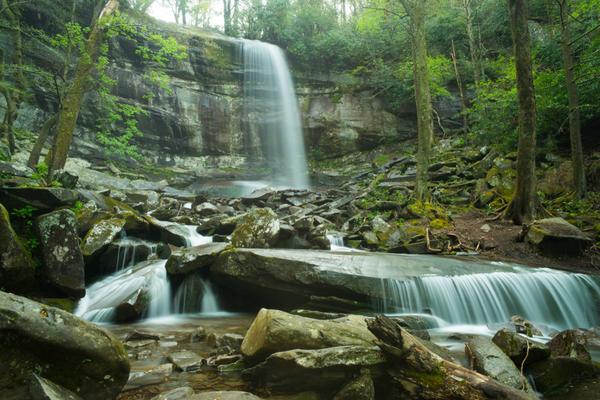
Photo Credit: Jeff McCord
With rivers, streams, and creeks flowing fast in the Smokies, thanks to abundant spring rainfall and snowmelt, you can see dozens of waterfalls at full strength throughout the park. Famous cascades like Abrams Falls, Laurel Falls, and Rainbow Falls are all must-visits on any itinerary but try to save some time for less crowded spots like Hen Wallow Falls and Ramsey Cascades.
You may need to set aside an hour or two to hike to these destinations, but that’s just part of their appeal.
What to Pack for a Springtime Visit
Though you most likely won’t need heavy winter coats or snow boots in the spring, you should bring a few versatile items of clothing that you can easily layer, especially if you plan to visit during March. Include a light jacket and a windshield, as well as a waterproof coat in case of unexpected showers.
Also, make sure to bring sturdy hiking boots with good traction since trails can be a bit muddy at this time of year. Don’t forget binoculars to spot birds and other wildlife emerging after the chill of winter.
See Spring in the Smoky Mountains
Now that you know the best ways to spend spring in the Smoky Mountains, you’re well-prepared to enjoy everything the season has to offer. As you plan your itinerary, make sure to book your trip dates with Prestige Vacation Rentals.
Staying so close to the national park means you can spend less time on the road and more time on the trails!



